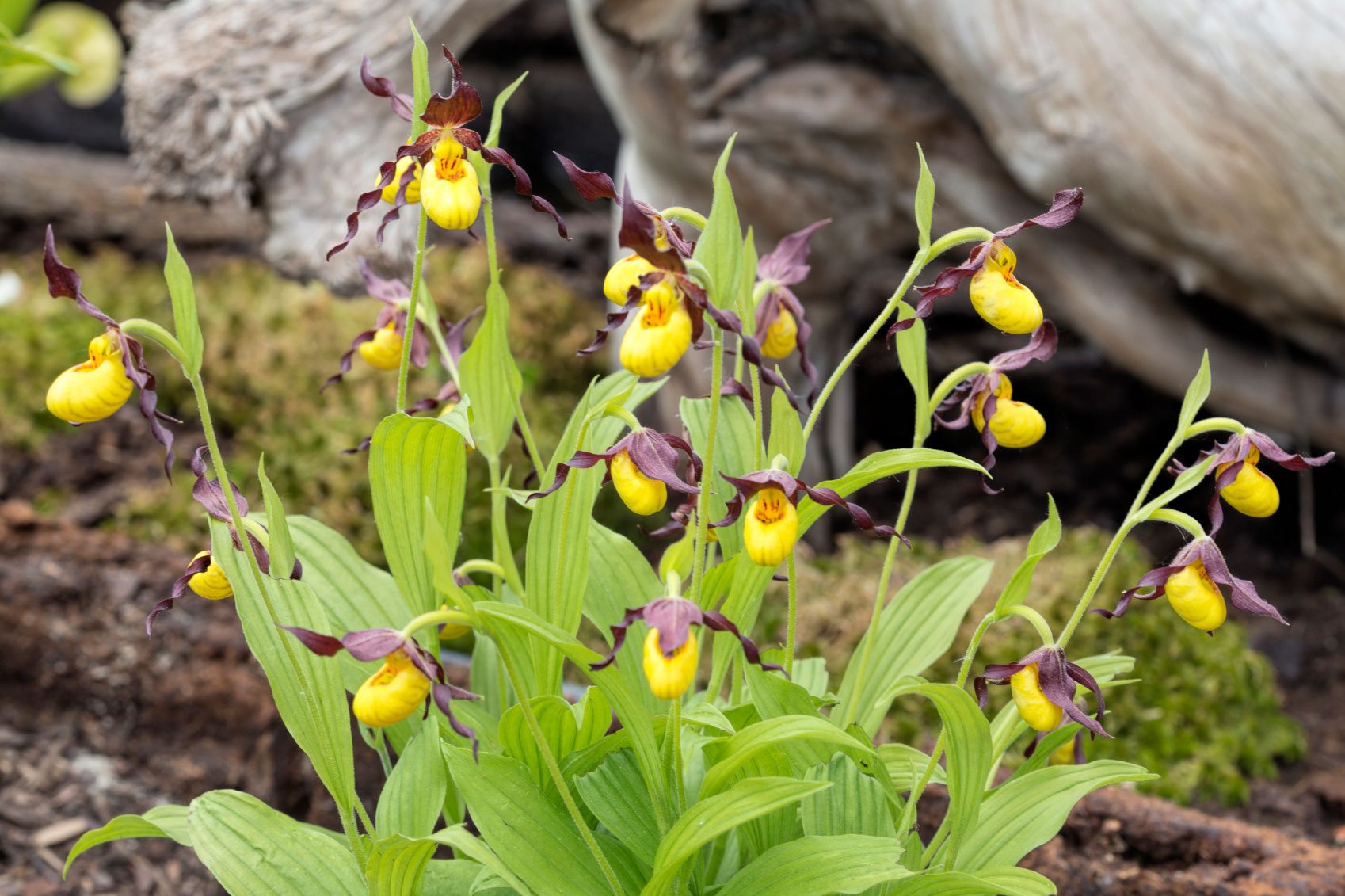Terrestrial Orchid Info: What Are Terrestrial Orchids


Orchids have a reputation for being tender, temperamental plants, but this isn't always true. Many types of terrestrial orchids are as easy to grow as any other plant. Growing terrestrial orchids successfully depends on finding the right location and keeping the soil moisture just right. Read on to find out how to provide the right environment for your orchid.
What are Terrestrial Orchids?
The two main categories of orchids are epiphytic and terrestrial. Epiphytic orchids generally grow in trees, clinging to the branches with their tough roots. Terrestrial orchids grow on the ground. Some have roots that spread in the soil, but most grow from pseudobulbs. Some terrestrial orchids need a frost-free environment, while others tolerate frost. Some species actually need a hard freeze in winter in order to bloom the following year. Called hardy orchids, some of these cold-weather types are deciduous, losing their leaves in winter and growing new ones in spring.
Terrestrial Orchid Info
There are over 200 species of terrestrial orchids and like other plants, their care varies from species to species. While we can make some general assumptions about orchids, refer to the plant tag or catalog description to make sure you can provide the right care for your species. Some terrestrial orchids form pseudobulbs at the base of the plant. These structures store water and the soil for these types should be allowed to dry out slightly before you water them. Others grow on shallow roots that need frequent watering to keep the soil moist. All orchids need more water when they are actively growing and flowering and less moisture in winter. Most orchids need bright light. A sunny windowsill is ideal for indoor orchids. Orchids accustomed to outdoor conditions need a partly sunny site. If the leaves bleach out, the orchid is getting too much light. The foliage is normally light to medium green and if it becomes dark green, the plant is getting too much light. Reddish edges on the leaves mean that the plant is getting about all the light it can stand.
Care of Hardy Terrestrial Orchids
Pay careful attention to your plant tag before planting terrestrial orchids. You can move them, but they are more likely to thrive if you get it right the first time. If you aren't sure, planting hardy orchids in containers makes them easier to move around until the foliage tells you that you have found the right site. You can leave the orchid in the container if you'd like, but sink it into the ground before winter. Weeding terrestrial orchids requires a little special care. Orchid roots are shallow and it's easy to pull up the orchid when you pull up a nearby weed. Hold down the orchid with one hand while you pull the weed with the other. Orchids need less fertilizer than other plants. In good garden soil, they probably won't need any fertilizer at all. In poor soil, feed orchids with an orchid fertilizer or a general-purpose liquid fertilizer mixed at one-quarter strength.
Gardening tips, videos, info and more delivered right to your inbox!
Sign up for the Gardening Know How newsletter today and receive a free copy of our e-book "How to Grow Delicious Tomatoes".

Jackie Carroll has written over 500 articles for Gardening Know How on a wide range of topics.
-
 Looking For Plants To Give You The Soft And Fuzzies? Try These 5 Fuzzy Leaf Plant Options
Looking For Plants To Give You The Soft And Fuzzies? Try These 5 Fuzzy Leaf Plant OptionsLovers of texture, drama, silver foliage and tactile plants will adore these special sensory garden additions. These fuzzy leaf plant options will leave you all aglow
By Susan Albert
-
 Get Ready For A Summer Of Hummers! Grow These Full Sun Hummingbird Plants and Flowers
Get Ready For A Summer Of Hummers! Grow These Full Sun Hummingbird Plants and FlowersIf you’re lucky enough to enjoy a sunny backyard, make sure you are maxing out on your pollinator opportunities and grow these full sun hummingbird plants and flowers
By Tonya Barnett